Dead Battery Vs. Bad Alternator
Understand the difference between a car battery and the car alternator.
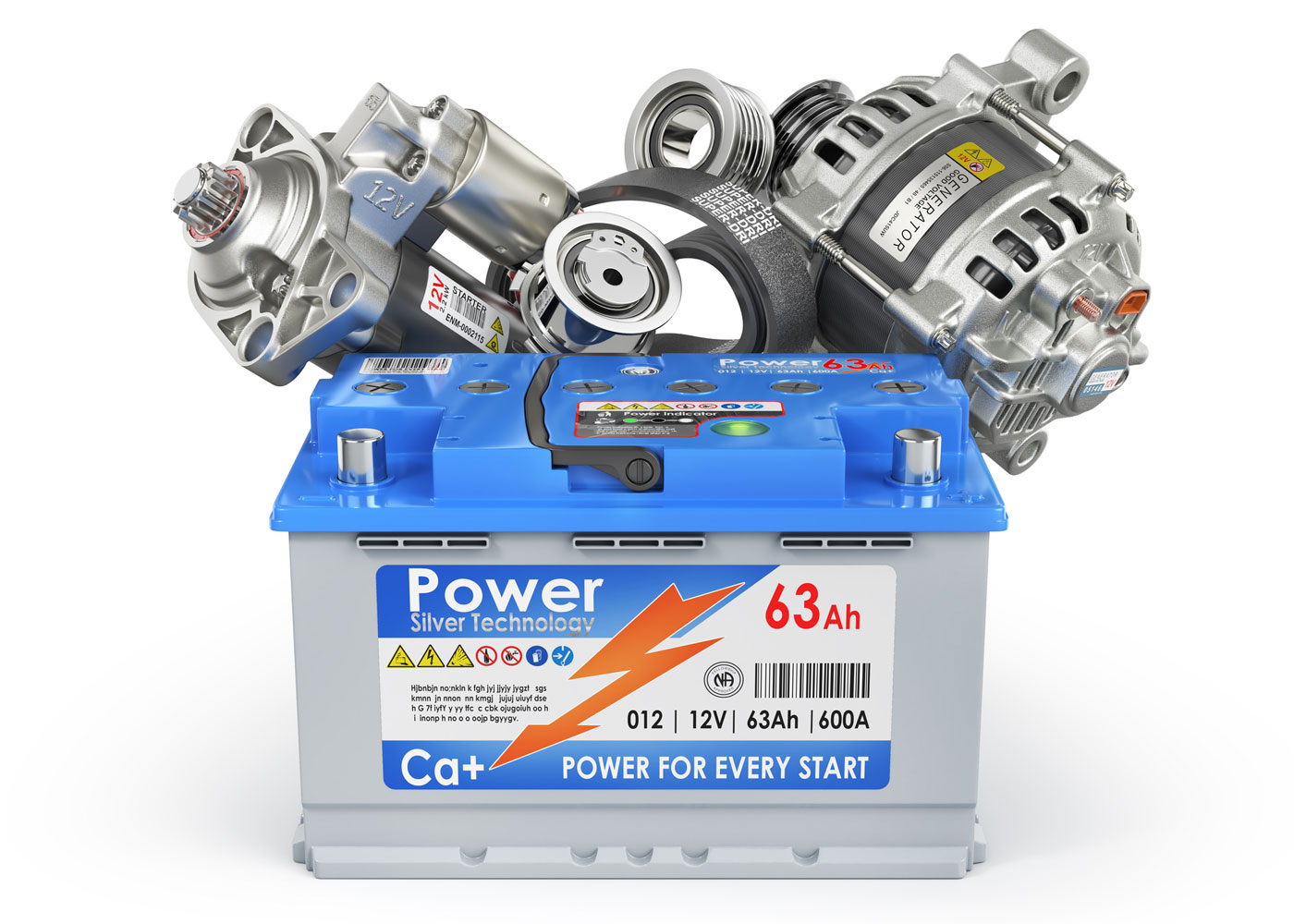 Getty
Getty
If it hasn't happened already, at some point in the future, you'll probably have trouble starting your car. It's one of those annoying problems that eventually happens to everyone. Although you may be inclined to panic, especially if you're running late to work or an appointment, it's best to stay calm and assess the situation. The culprit is typically a dead car battery or a bad alternator. So, what are the differences between your car battery and the alternator? Is it your car battery vs. alternator?
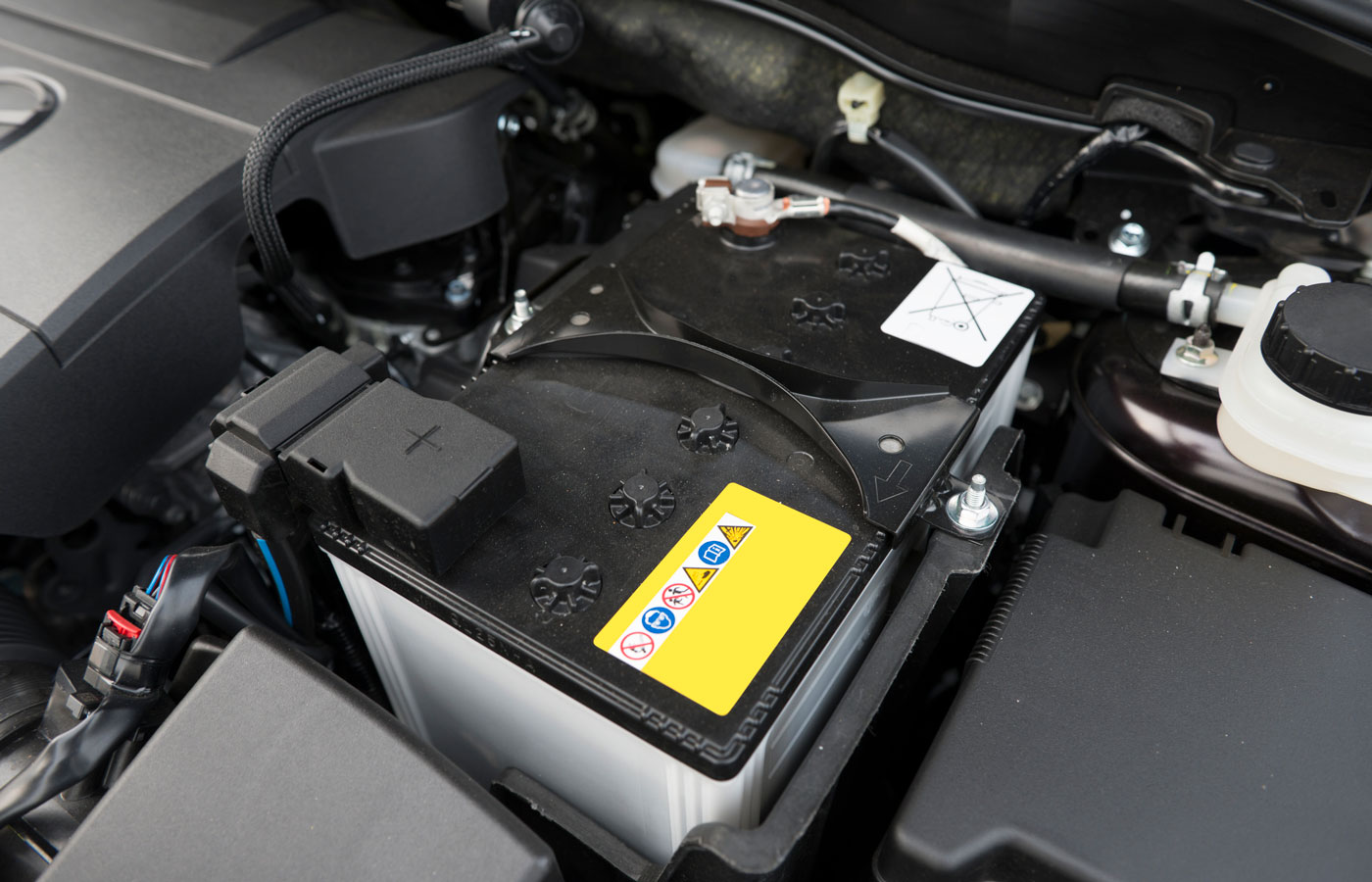 Getty
Getty
What Does a Car Battery Do?
The car battery plays multiple vital roles in your vehicle, including maintaining clock settings, radio presets and security features.
One crucial function is kickstarting the engine. This process initiates when you turn the ignition key or press the start button, prompting the battery to send an electric surge to the starter motor.
The motor then rotates the engine, allowing fuel injection into the cylinders. Subsequently, the spark plugs ignite the fuel, starting the car. A malfunctioning battery can lead to startup issues, dim headlights or electrical problems like flickering dashboard lights.
Regular maintenance checks are key to a healthy battery, thus preventing unexpected breakdowns on the road.
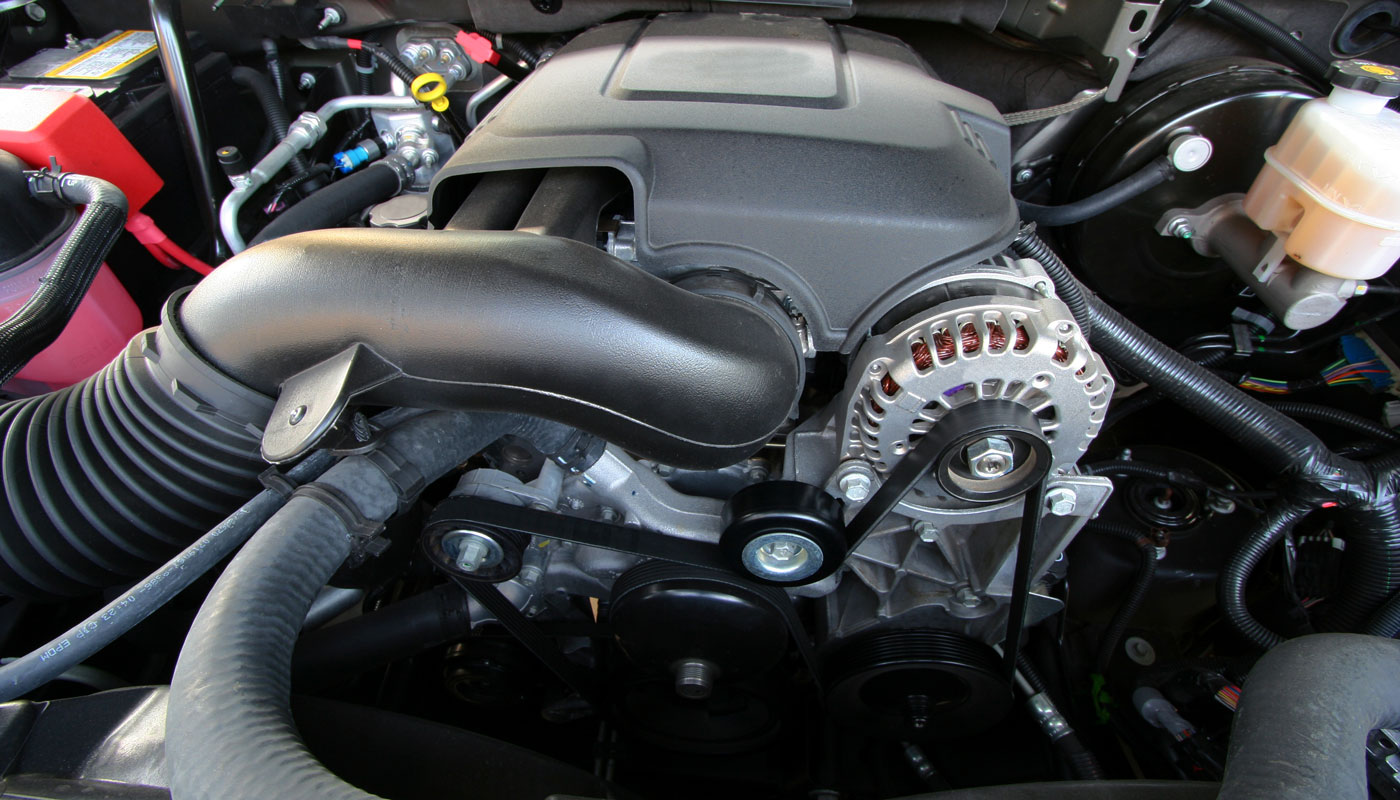 Getty
Getty
What Does an Alternator Do?
If your car was a human, then the alternator would serve as your car's beating heart. This vital component works tirelessly behind the scenes, generating the electrical power necessary to keep everything from your headlights to your stereo running smoothly. But its most crucial role? Keeping the car's battery fully charged and ready to power your vehicle's ignition. Without the alternator's constant flow of energy, even the most robust battery could quickly deplete, leaving you stranded.
The alternator begins to act the moment your engine turns on, quickly transferring mechanical energy into electrical power through electromagnetic induction. Its rotor spins inside a stator, a stationary coil of wire, generating alternating current (AC) electricity. However, your car’s electrical system runs on direct current (DC), and here the alternator showcases another trick. It cleverly converts AC to DC electricity, ensuring a continuous flow of power to the car's systems and recharging the battery for your next adventure.
Now, envision every car ride as a dynamic duo—the alternator and the battery. The alternator, vigilant and industrious, charges the battery, which in turn gives power to your vehicle. This dynamic duo ensures that every road trip remains uninterrupted, offering peace of mind.
Here's how to tell whether your car battery or your alternator is to blame for your car's failure to start.
 Getty
Getty
How to Tell If Your Car Battery Is Dying or Dead
As a car owner, one of the worst things that can happen is being stranded on the side of the road with a dead battery. Not only is it inconvenient, but also can be dangerous depending on where you are stranded. However, before your car battery completely dies, there are often some telltale signs that it is on its way out. Here are some ways to tell if your car battery is dying or dead and what steps you can take to prevent being stranded.
First and foremost, pay attention to your car's startup process. Does it seem like the engine is struggling to turn over? This could be a sign of a dying battery. As a battery loses its charge, it becomes weaker and cannot provide enough power to start the engine smoothly. If you notice that your car is struggling to start, it is important to get your battery checked as soon as possible.
Another sign of a dying or dead battery is dim headlights. Your car's battery provides power to all of the electrical components in your vehicle, including the headlights. If you notice that your headlights are not as bright as they used to be, it could be a sign that your battery is losing its charge. It is important to note that dim headlights could also be caused by a faulty alternator (see below information on alternators), so it is important to have a mechanic check both components.
In addition to dim headlights, you may also notice other electrical components in your car not working properly, such as the power windows or radio. These are other indications that your battery may be dying. These components rely on the battery for power, and if it is not functioning properly, they will not work correctly either.
Do you know how old your car battery is? Learn how to avoid a surprise.
Read about Car Battery LifeIf you suspect that your car battery is dying, you also can perform a voltage test to confirm. Using a multimeter, check the voltage of your battery while the car is off and then while it is running. A healthy car battery should have a voltage reading of around 12.6 volts when the car is off and around 14 volts when the car is running. If your readings are significantly lower, it could be evidence of a dying or dead battery.
If you notice any of these symptoms, it is important to get your vehicle's battery checked as soon as possible. It is also a good idea to have your battery tested regularly, especially if you live in a place with extreme weather conditions. Additionally, make sure to properly maintain your battery by keeping the terminals clean and ensuring it has enough water if it is not a maintenance-free battery. By being aware of the signs of a dying or dead battery, you can prevent being stranded and keep your car running smoothly.
A Few Signs That Your Car Battery Is Bad
When your car won't start, first check the battery—it's often the main culprit. Look for these signs that may indicate a failing battery:
- Struggling to Start: If your car hesitates before starting or makes a clicking sound, your battery might be losing charge. Cold weather also can affect starting, so consider your environment.
- Charge Issues: Like aging cell phones, car batteries degrade over time and can struggle to hold a charge, especially if not fully recharged regularly. Frequent jump-starts are a red flag. A failing battery also may cause flickering lights or intermittent radio function, indicating it can't properly power your car's electrical systems.
- Visible Corrosion: Corrosion on the battery points to acid leaks, hampering starting and charging. Cleaning corrosion can temporarily help, but a leaky battery needs replacement.
- Low Voltage Warning: A lit low voltage icon isn't always a battery issue but flags a problem in the electrical system, potentially the battery, alternator or another component.
- Unpleasant Odors: A sulfuric acid leak, smelling like rotten eggs, signals an overheating and dangerous battery. In addition, an overheated battery may swell. If you notice this, seek professional help immediately to avoid risks.
- Age Factor: A battery older than 3–5 years, especially with extra electrical accessories, likely needs replacing.
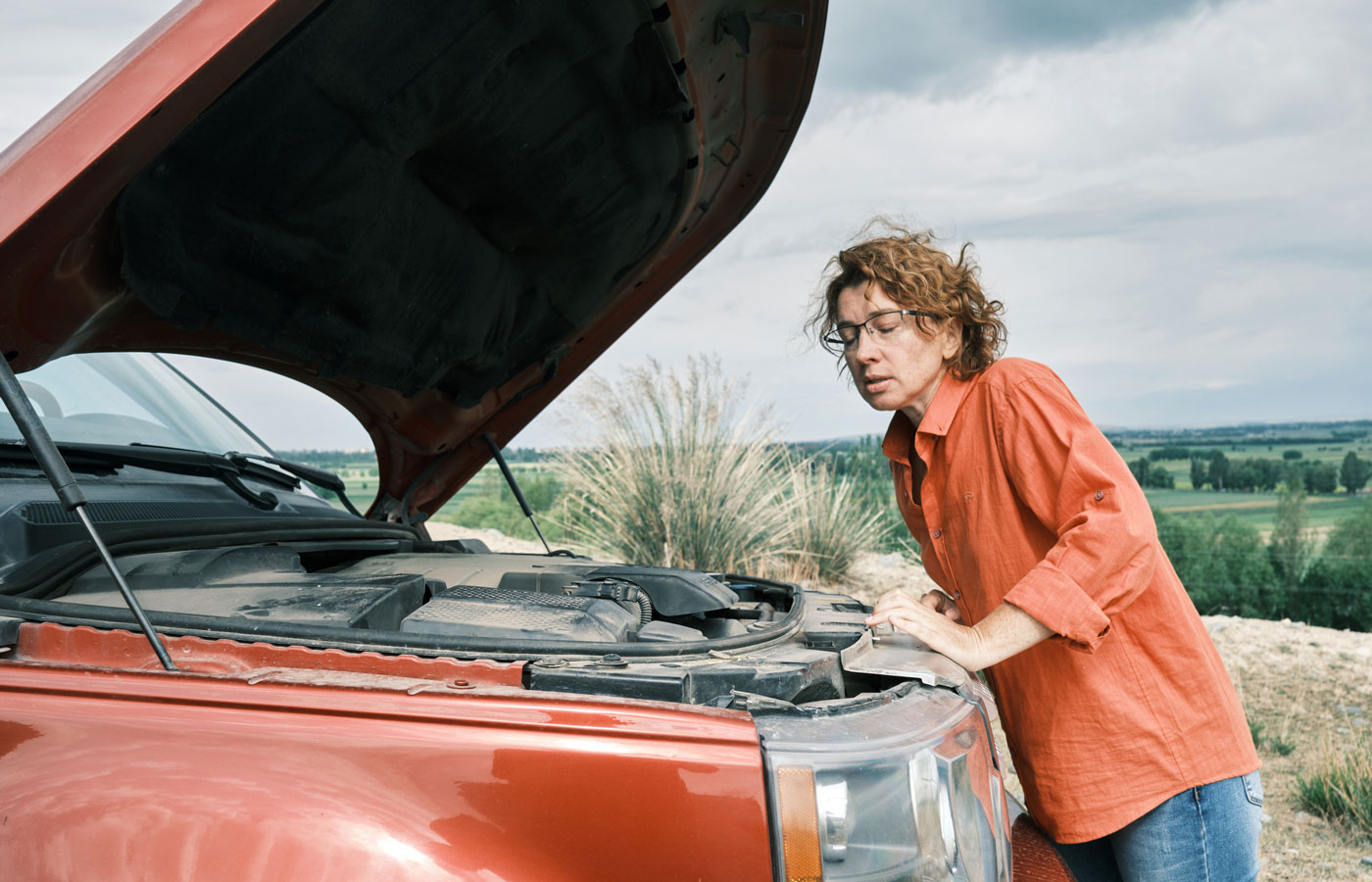 Getty
Getty
Signs That Your Car's Alternator Is Bad
The alternator, the heart of your vehicle's electrical system, powers everything from your headlights to your radio. When it starts to fail, it's not just an inconvenience; it's a prelude to your car potentially coming to a complete stop.
Firstly, pay attention to your car's lights. If they appear more like a flickering candle than a strong, steady beam, then you’re observing a classic sign that your alternator might be on the brink. The alternator is responsible for keeping your battery charged and running smoothly. When it's not doing its job, your car struggles to power important car functions, affecting everything from headlights to dashboard displays.
Next, listen to your car. A failing alternator may expose itself through a variety of strange noises. You might hear a grinding or whining noise coming from the engine area. These sounds could indicate that your alternator has worn-out bearings or other failing components.
Another tell-tale sign is electrical issues. Imagine rolling down your windows or adjusting your seat, and it feels like these activities are extremely slow or sluggish—not acting normal. When the alternator is failing, it can't keep up with your vehicle's electrical demands, leading to this sluggish performance of accessories and features. It's a clear signal your alternator might be going bad.
Finally, even a dead battery can be a sign of a failing car alternator. While car batteries can die for various reasons, recurrent dead batteries could indicate the alternator is not recharging as it should. Before you find yourself stranded, get your alternator checked if you're replacing your battery more often than you're checking your car's oil.
If you notice any of these indicators, don't wait to take your car to a professional mechanic for an inspection and potential replacement of the alternator. A little proactive car care can go a long way to keeping your vehicle running smoothly and avoiding potentially costly breakdowns.
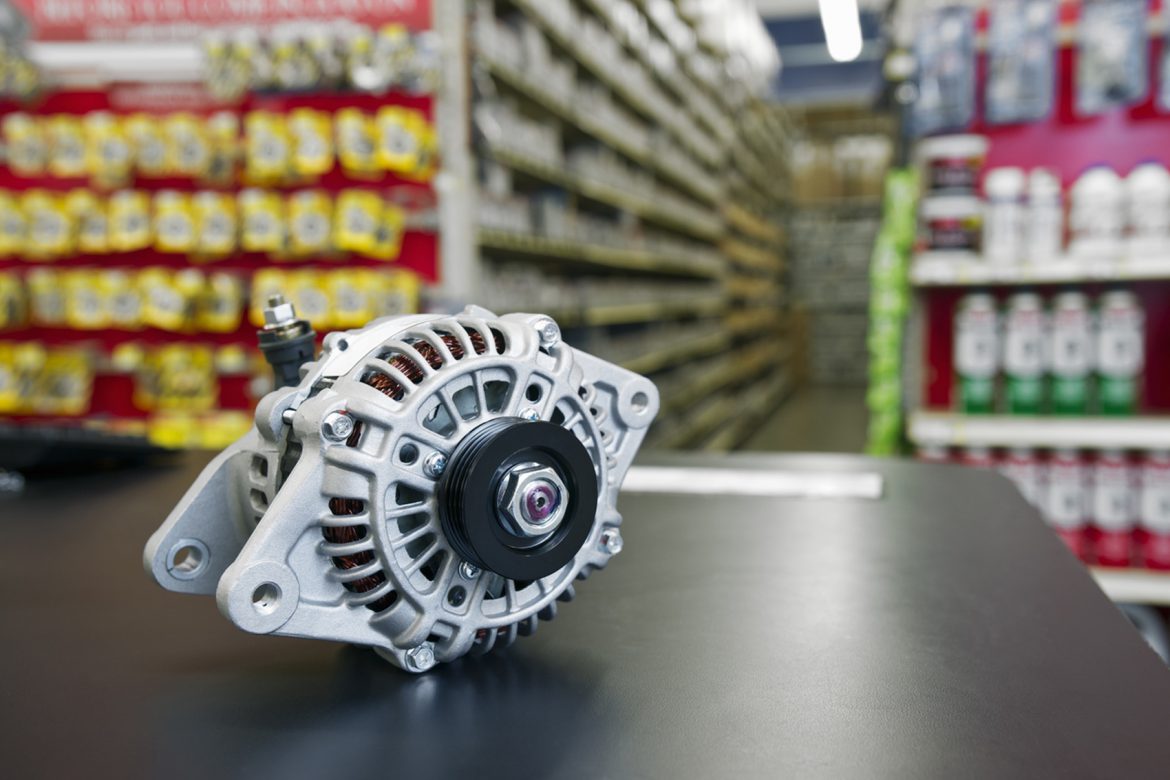 Getty
Getty
Five Signs That Your Alternator Is Bad
If checking the battery yields no clues and it's relatively new, turn your attention toward the alternator. Here are five tell-tale signs that your alternator is ready to retire:
- Car Fails to Start or Stops Shortly After Starting: If your vehicle refuses to start with a jump or quits running soon after, the alternator likely can't sustain power or recharge the battery. Also, if your drive feels shaky, it might be due to the alternator struggling to power the spark plugs, thus disrupting the engine's smooth operation.
- Dashboard Shows Low Voltage Warning: A lit low voltage icon signals potential alternator issues in newer vehicles.
- Electrical System Acts Up: An erratic electrical system, noticeable in the performance of lights and the radio, often points to a faltering alternator.
- Engine Noise Increases with Electronics Use: A growling sound when using the radio or lights suggests the alternator may be the culprit, although it's wise to check for other possible issues.
- Smell of Burning Rubber or Wire: This odor indicates the alternator might be overworking and overheating, posing a risk of overcharging the battery. Also, if your alternator’s age is greater than 7–10 years, it may be time for a replacement.
Car Care for Your Car Battery and Alternator
If you can't pinpoint the problem or can't get your car to start, request help online by using the AAA Mobile App for AAA Roadside Assistance. Your AAA membership includes roadside assistance, towing, mobile battery assistance, fuel delivery, flat tire service, lockout service, and winching and extraction. Avoid potential problems by maintaining your vehicle at a AAA Car Care Center or a AAA Approved Auto Repair facility regularly.